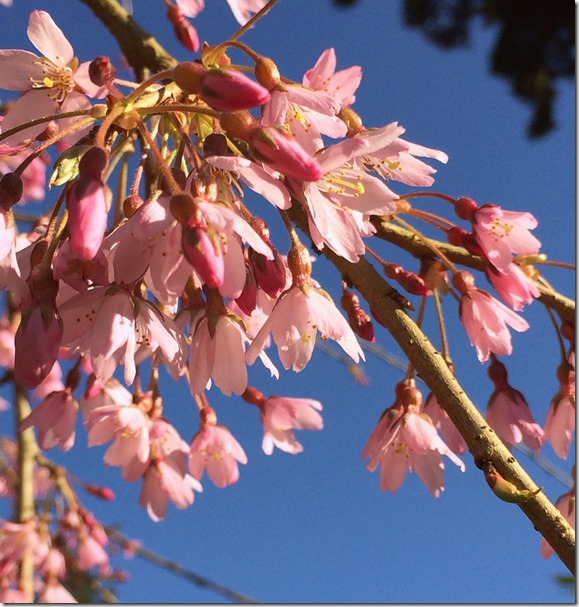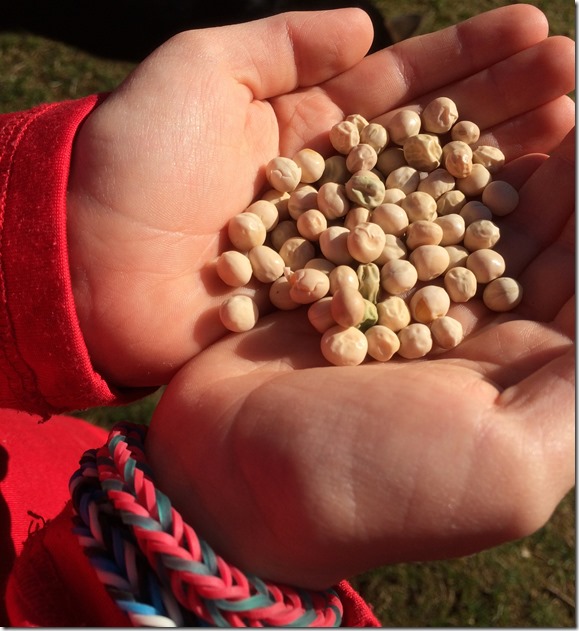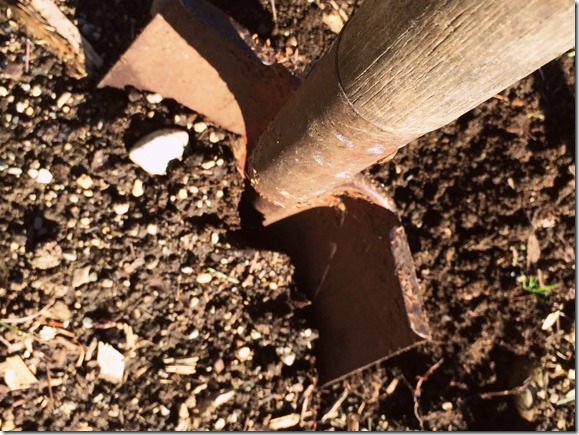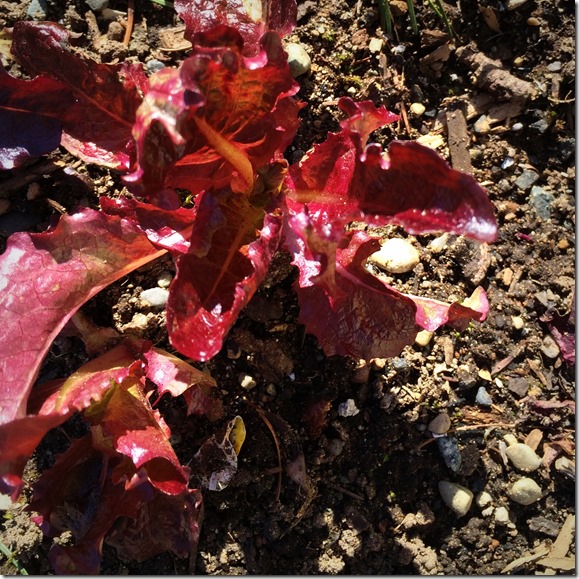Planning to grow your own garden for the kitchen doesn’t take a lot of time, but it can save you a tons of hassle during the gardening season. Here are a few things I do each year to ensure that I am getting the most out of my suburban garden.
The first day of spring is one thing, and the first spring day is another. The difference between them is sometimes as great as a month. ~Henry Van Dyke
Spring had sprung! And for me, that means gardening season is starting. My garden is a source of joy, therapy and pride for me. Each new, sunny day bring me closer to my happy place of eating tomatoes right off the vine that are wrapped with a piece of basil, which I plucked on my way into the garden. These things take planning however, and I have a few tips that I use that can help you to grow your own garden in a smooth and easy manner.
#1: Pick what you know, mostly.
Before you pick things to go into your kitchen garden, always think about what you eat as a family. Yes, it is good to shake things up and get new veggies into your diet. But, it is a waste of money if you picked all the ‘cool-looking’ stuff from the catalog and don’t like the taste of any of it. In the end, a smart way to go when you grown your own garden is to pick 80% of what you already know (and eat) and then order a couple things that you want to try. Then, even if the new things are total flops, you get a good harvest in the end. And who knows? You may LOVE romanesco or kohlrabi.
#2: Order seeds from sources you trust.
Ordering seeds is one of my favorite things to do in early spring. Those catalogs are so amazing to me. Filled with all of the potential of a new season, gardening starts getting fun with that very first seed order arriving on my doorstep. I always buy all organic seeds. This ensures there are no GMOs in my garden. I usually get the Territorial and Seed Savers catalogs some time in January. That is where I make my purchases and where I would recommend for you when you grow your own garden. (Before I make that order though, I check my seed collection from the last year that I keep stored in my shed. I consider this like ‘shopping from the pantry’. There are always a couple things that I overbought last year I don’t have to order.)
#3: Start a gardening notebook
If this is your very first garden bed or if you do this year after year, it is best to have a gardening notebook. Mine is just a composition notebook that has year tabs (made of scotch tape) and a list of dates with the goings on of that date. Simple things like “Planted peas – Feb 28th, 2013” and “Tons of pea flowers – April 10th 2013”. (Nothing fancy, although I have seen a lot of cool apps for this exact thing.) Knowing what I did last year also helps me rotate my crops. As a rule, you don’t want to plant the exact same thing in the same bed year after year when you grow your own garden. Each plant needs different things and those things are taken from the soil as the plant grows. If you put that same seed in the same spot the following year, it is going to find a lack of the exact nutrients that it needs, making it more susceptible to disease and insect damage, which leads to poor growth and ultimately less food for you during the harvest.
#4: Test your soil
It seems tedious, but testing your soil can actually really help your entire gardening season. There are many things that a simple smell and sight test will show you when you grow your own garden.
Does a shovelful of your soil have a lot of worms? (If it does, that’s a good sign.)
Does your soil smell strongly of anything? (Hopefully not, or the cat may be using the garden beds as a litter box. Yuck!)
Does it crumble in your hands? (It should crumble, but should stick together a little when you ‘mold’ it in your palm.)
Is it dark or light? (You want it dark, almost sweet smelling and filled with organic matter.)
When these concepts are new, or if you are just not sure what you are looking for in healthy soil, it is best to get a simple soil test kit. They are cheap, easy to use and come with their own instructions and explanations.
#5: Get your kids involved.
It has been shown, time and time again, that kids will eat more of what they help prepare than what has just been put on their plate. The more they are invested in the process of their own food production, the easier it will be to get them to try new things. Ultimately, they will be healthier eaters because of it.
If you have the space, give your child their own garden bed. Allow them to get the plants they want (even the odd ones) and suggest for them a few things they already love (like snap peas or grape tomatoes). When you are out in the garden, get them to come out with you. Ask them how their plants are doing. Help them care for their space with a lot of patience and even some closet watering (when they don’t want to come out into the heat, sometimes you have to help their poor plants along anyway.) Let them know when you notice a blush on their first tomato or when their first bean is ready for snacking (even if it’s only 2 inches long). The more excited they are about the food they grow, the better prepared they will be to try new things YOU grow. You will be amazed what a little garden bed can do for a picky eater!
Do you grow your own garden? What tips and ideas do you have to share?













Great tips! I like the notebook idea – I need to do that this year. Yay! – my garden is chock full of worms – so hopefully we’ll have a harvest. 🙂
Worms are SUCH a good sign! 🙂 Happy gardening!!